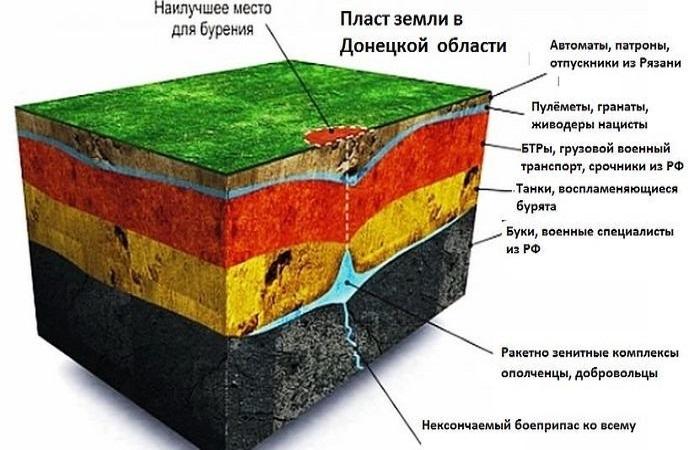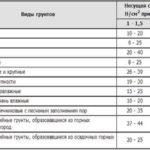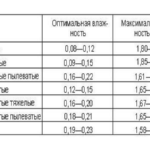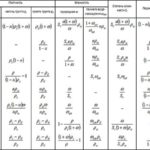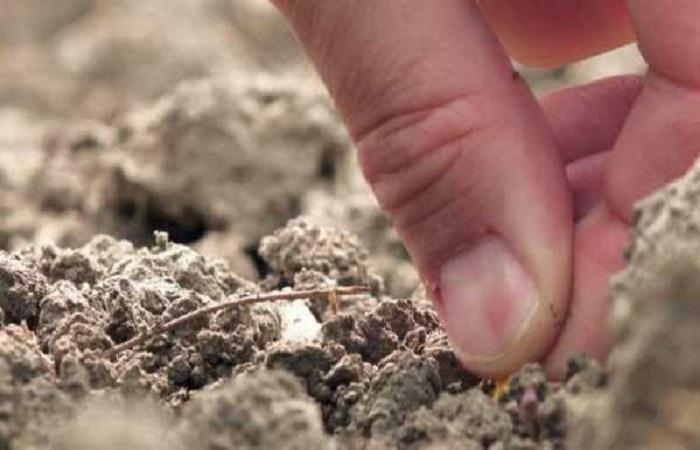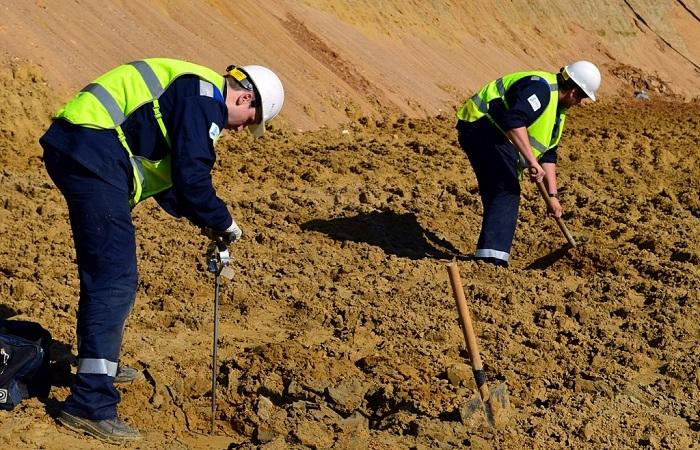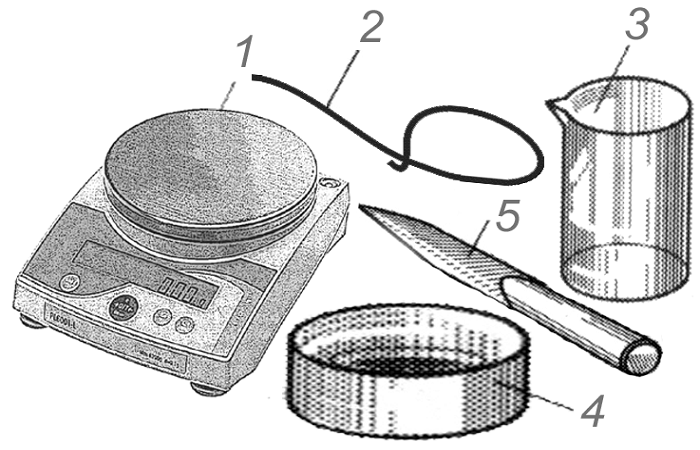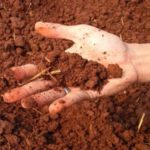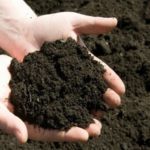The properties of the fertile layer of the Earth have long been of interest to people. The science that deals with this is called soil science. Experts study the physical and chemical parameters of the soil, differences in fertile soil depending on territorial weather and other conditions. The value of soil density is one of the important physical parameters, the determination of which is necessary during soil cultivation, construction, road work, and other activities.
Why do you need to know soil density?
The indicator is taken into account when carrying out geotechnical work in construction, when repairing and laying roads, various communications, and in agriculture when assessing land fertility.It is necessary to know this when deciding on the type of foundation for new buildings; it influences the choice of material during work and determines possible financial and physical costs.
The parameter is important when developing new mineral deposits and designing gas and oil pipelines. The indicator is used to determine the plant potential of areas occupied by cultivated plants. After all, focusing on the fertility of the land, taking into account all the important components (including density), farmers plan to plant crops in the region.
The value of soil specific gravity is the weight of a unit of soil in its natural state, taking into account moisture, porosity, and the main rock in the composition. Soil density is a conditionally constant value; it decreases immediately after processing the fertile layer (digging, harrowing, loosening), after some time returning to normal values. The level of costs when cultivating agricultural areas (type and type of equipment, costs of fuels and lubricants, depreciation costs) depends on this indicator.
To reduce density, the soil is mixed with sand and peat, and green manure plants are planted. Oats, vetch, and sweet clover will help make the soil on the site loose.
Soil Density Table
Soil density is the ratio of the total mass of a soil sample taken, given its natural structure and moisture content, to the volume occupied by the sample. It depends on the composition of the soil, its porosity and humidity. Measured in kilograms/cubic meter. Denoted by the Greek letter p (rho).
Average values for a particular variety are the average soil density. The value of bulk density must be known, for example, when purchasing land for a summer cottage.Bulk density is the ratio of loose material to occupied volume, when freely located in a container. The solid phase of the rock, excluding the organic component, is called the skeleton.
| Type of soil | Density kilogram/cubic meter |
| Light rocky soil, loam with crushed stone, heavy clay | 1900-2000 |
| Dense loam, clay | 1600-1900 |
| Loam, light clay, fine gravel | 1500-1800 |
| Light loam, sandy loam, wet sand | 1400-1700 |
| Sand dry | 1200-1600 |
| Dry vegetable soil, including black soil | 1200-1500, black soil 1300 |
| Peat | 700-800 |
When purchasing a plot, it is necessary to take into account the mineralogical composition of the soil, the thickness of the fertile layer, and the level of acidity. For example, sand does not retain heat and moisture well, clay soils are difficult to cultivate, they absorb a significant amount of water and do not allow air to pass through well.
How is it calculated
The parameter is measured in laboratory or field conditions. The easiest way to determine the density of the fertile layer in a summer cottage:
- you need to take a bucket with a capacity of 10 liters;
- weigh empty;
- fill it with soil from the site to the brim, without compacting the soil;
- weigh;
- Calculate the weight of the soil by subtracting the weight of the empty bucket from the resulting value.
If the weight is within 10-15 kilograms, the land on the site is of high quality. The method is not exact, it allows you to get an idea of the degree of density of the earth. Accurate measurements will require the use of instruments and laboratory methods.
The indicator is conveniently calculated using mechanical and ultrasonic penetrometers. This is a device for measuring soil density in the field. The probe of the device is inserted into dry, uncultivated soil in several places on the site. The display indicator will show the soil particle density in feet per square inch. Several measurements are taken at each site.Record the average readings.
In laboratory practice, the “cut-out cylinders” method is used. Samples are taken without violating the integrity of the fertile layer. To transport samples, cylinders with a height of 10 centimeters and a diameter of 5 centimeters are used.
Soil samples are delivered to the laboratory, weighed, and dried at a temperature of +100-105 ° C for 6 hours. Then repeat the weighing of the dry soil. The calculation is made using the formula: dv=m:v, where m is the mass of dried soil, and V is the volume of the cylinder.
When choosing areas for planting crops, it should be taken into account that soil density from 0.9 to 1.4 is suitable for growing plants; heavier soils are not suitable for this purpose.

